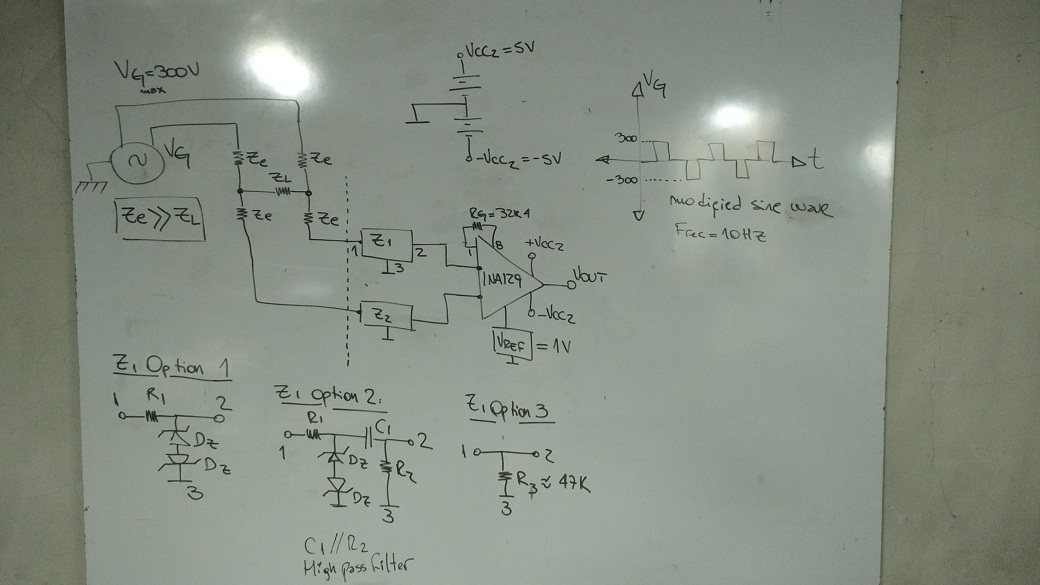Dear,
I have two questions about the operation of INA129P:
1) The gain equation for this AO is G = 1 + (49K2 / Rg), we are setting to Rg = 32K4 so the gain must be 2.54. For an input voltage range from 0,034V to 1.6V the gain varies from 1.21 to 1.32. The reference voltages is 1,006V. Why this difference?
2) The gain is not linear for 0,029V or lower. It change from 1.32 to 1,14. Where is the problem?
Thanks in advance.
Regards,




